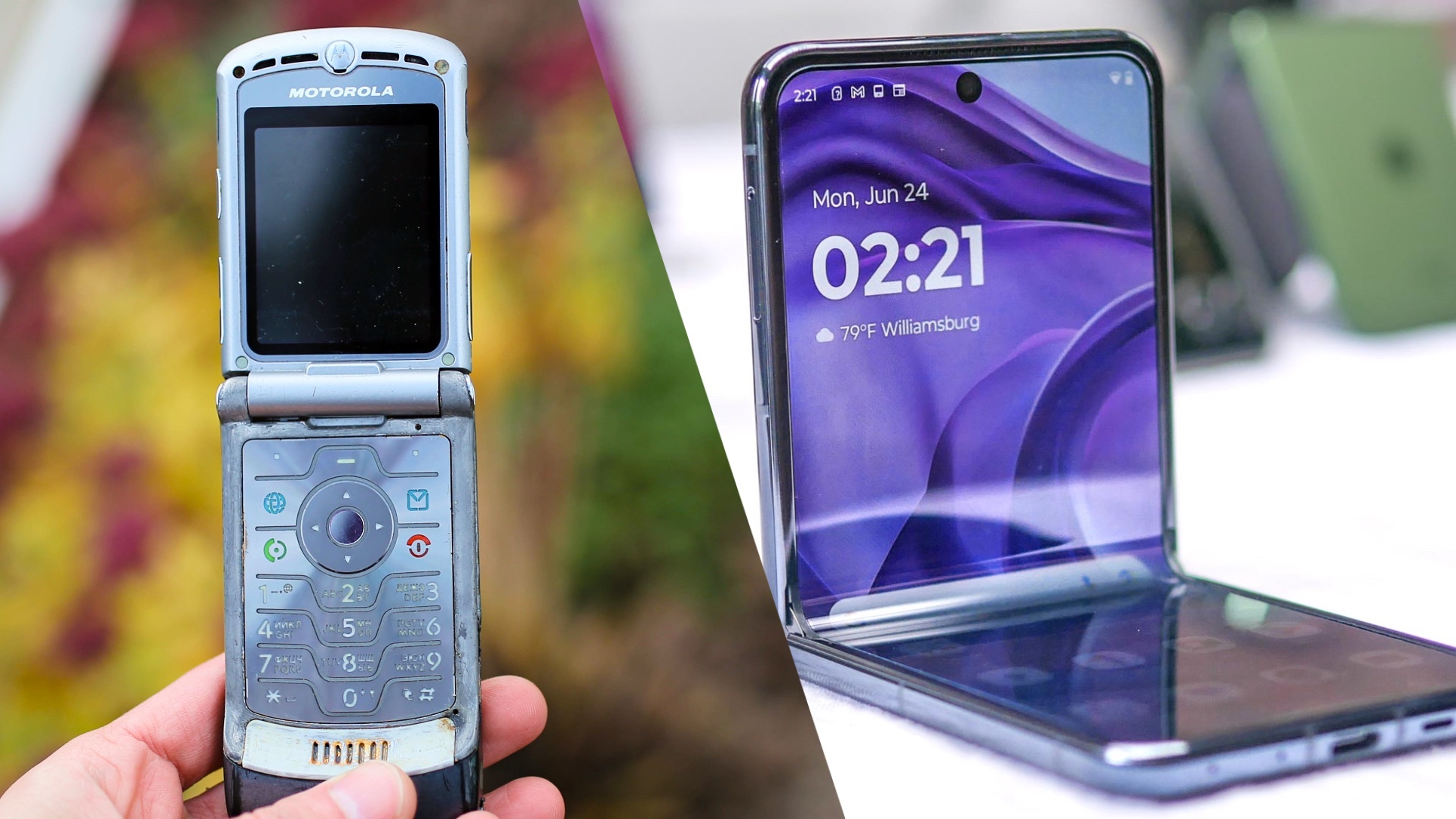
It’s hard to believe that it’s been 20 years since the launch of the original Razr V3. I’ve been around long enough that I remember putting that sliver of a device on the cover of Laptop Mag way back in 2004. That’s how long it’s been since Motorola reinvented the flip phone with the world’s thinnest design.
Now the company is trying to make flip phones cool again with the launch of the Razr 2024 and Razr Plus 2024. For just $699, the regular Razr boasts a pretty big 3.6-inch cover display, a grippy vegan leather design in fun colors and faster charging. Meanwhile, the Razr Plus 2024 ($999) gets the biggest cover screen yet on a flip foldable at 4 inches, a telephoto zoom and a beefier Snapdragon 8s Plus Gen 3 chip.
As you might imagine, AI is front and center on both of these foldable phones, with the ability to summon Google Gemini easily for all sorts of tasks. And Moto AI features are coming that should make your life easier and more fun, like generative AI wallpapers and the ability to say “pay attention” before heading into a meeting to record and summarize your meetings.
Just ahead of the launch of the new Razr phones, I sat down with Motorola’s Ruben Castano, VP of customer experience and design, and Maria Jose Martin, director of North America marketing, to talk about what sets these new flip phones apart.
In terms of design, what are the biggest changes to the Motorola Razr phones? Razr for this year?
Ruben Castano: This product is not bigger, larger or heavier than last year's device. But it's had huge improvements on the battery department, on the display performance and on the external screen size, going from 3.6 to now 4 inches. The product has truly been improved end-to-end across the board on all specifications.
But, to be a Razr, it needs to be this size. This is based on years of experience that we had talking to users, understanding what's the perfect proportion to fit in your hand, to carry all day in your pocket. And so, we need to continue to improve the form factor, but we can't make it bigger or heavier. Otherwise, it stops being a Razr.
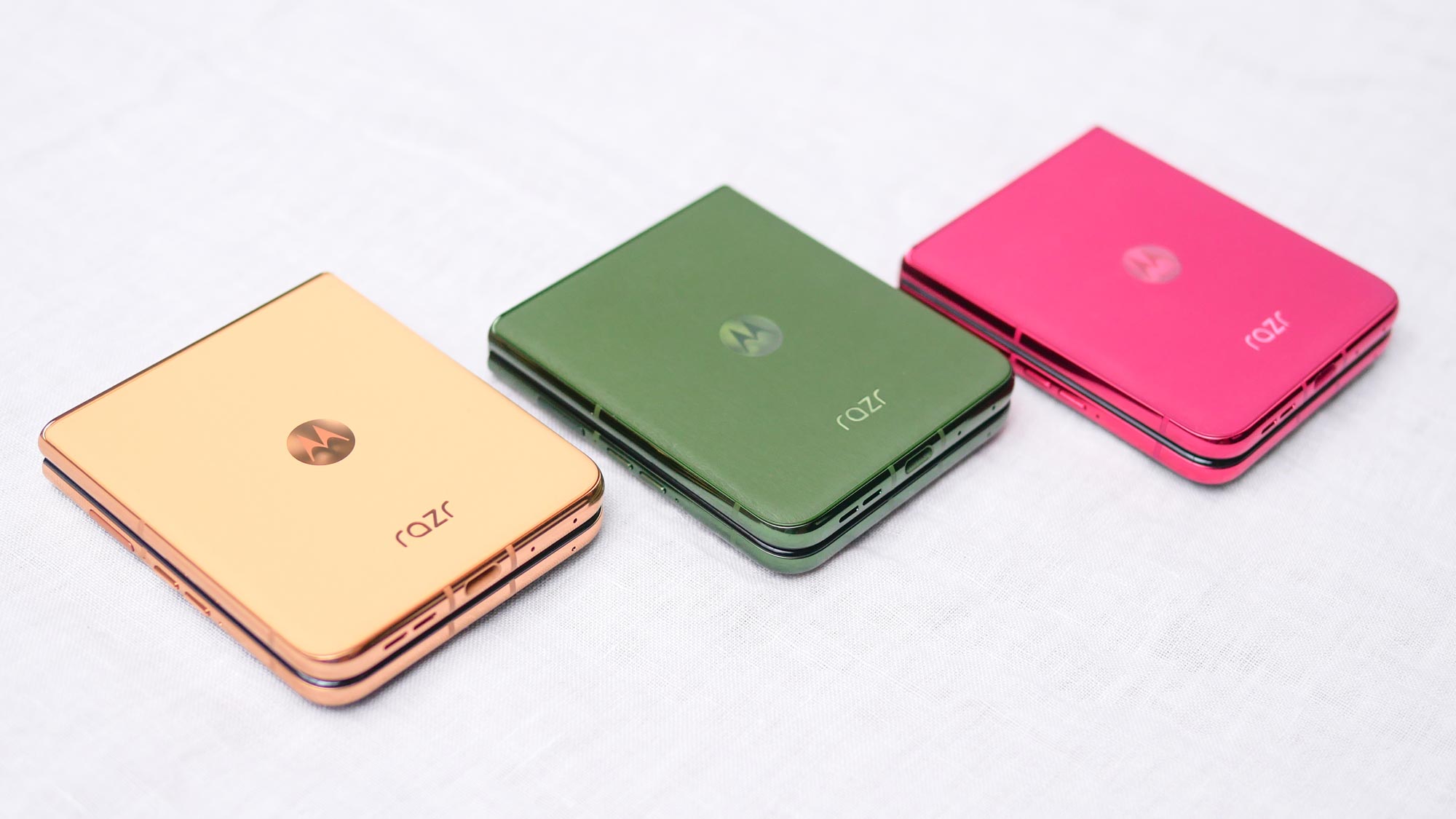
What can you do on the large cover display now versus last year?
Castano: What you can do on this year's external display is really run any Android application. You can quickly access information. But, where we've put a lot of attention is in giving users options to personalize the use of that external display. So, we have much more panels in which you can load different types of applications, widgets, direct access to music, for example, calendar, and so on. We also allow consumers to really personalize that external screen with wallpapers, with personal photos, with patterns, with AI capabilities that we have now, like Magic Canvas.
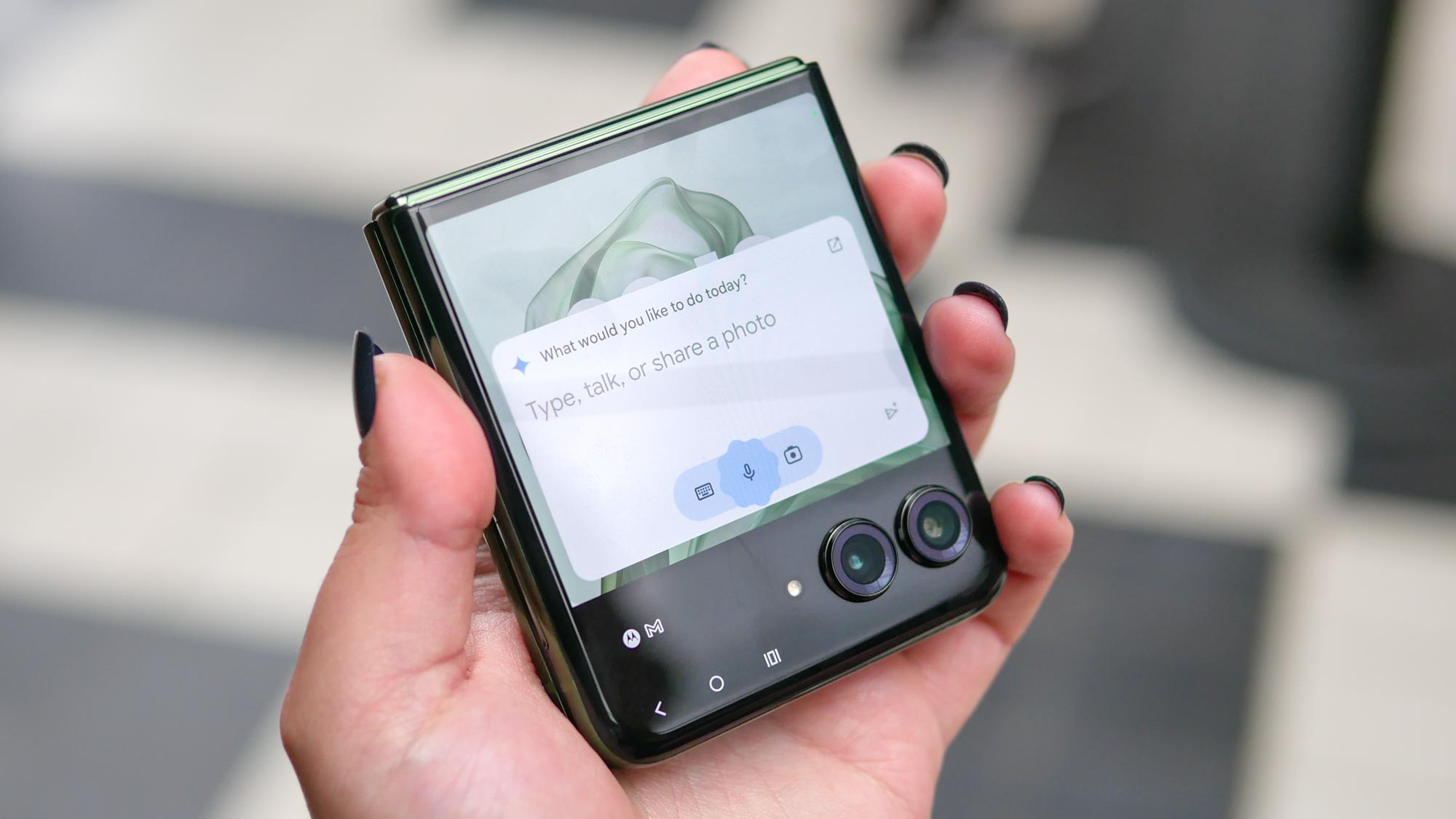
What’s your approach to AI with the new Razr phones?
Castano: It's not that AI now completely changes the way you use the device. It's just there seamlessly making what you do today with your device even better.
When it comes to capturing content, AI is working behind the scenes to make video and still photography much better on on the new Razr products. When it comes to creating content, we have two very unique features. One of them is Style Sync. You can take a picture of how you're dressed and then gen AI creates four different wallpapers and patterns that you can use to completely personalize both the external screen as well as the internal screen of your device.
We are also offering what we call Magic Canvas. So, you can basically prompt anything that comes to your mind. Your imagination can go wild.
How does the “pay attention” AI feature work?
Castano: It's a great feature for productivity, definitely. Record a meeting, and then get a smart transcription summary of what occurred that you can use in notes, and share with other colleagues. So it's definitely very productivity focused.
You can say, 'Hey, remember this bottle of wine.' A year later, I start to say 'What was that bottle of wine that I loved? I want to go buy it again.' Our AI augments people's memories.
Ruben Castano, Motorola
But we have other AI features that are very simple and spontaneous. Like I got a great bottle of wine from a friend for my birthday and I want to remember that. You say, “Hey, remember this.” A year later, I start to say “What was that bottle of wine that I loved? I want to go buy it again." So it covers the whole spectrum, including augmenting people's memories.
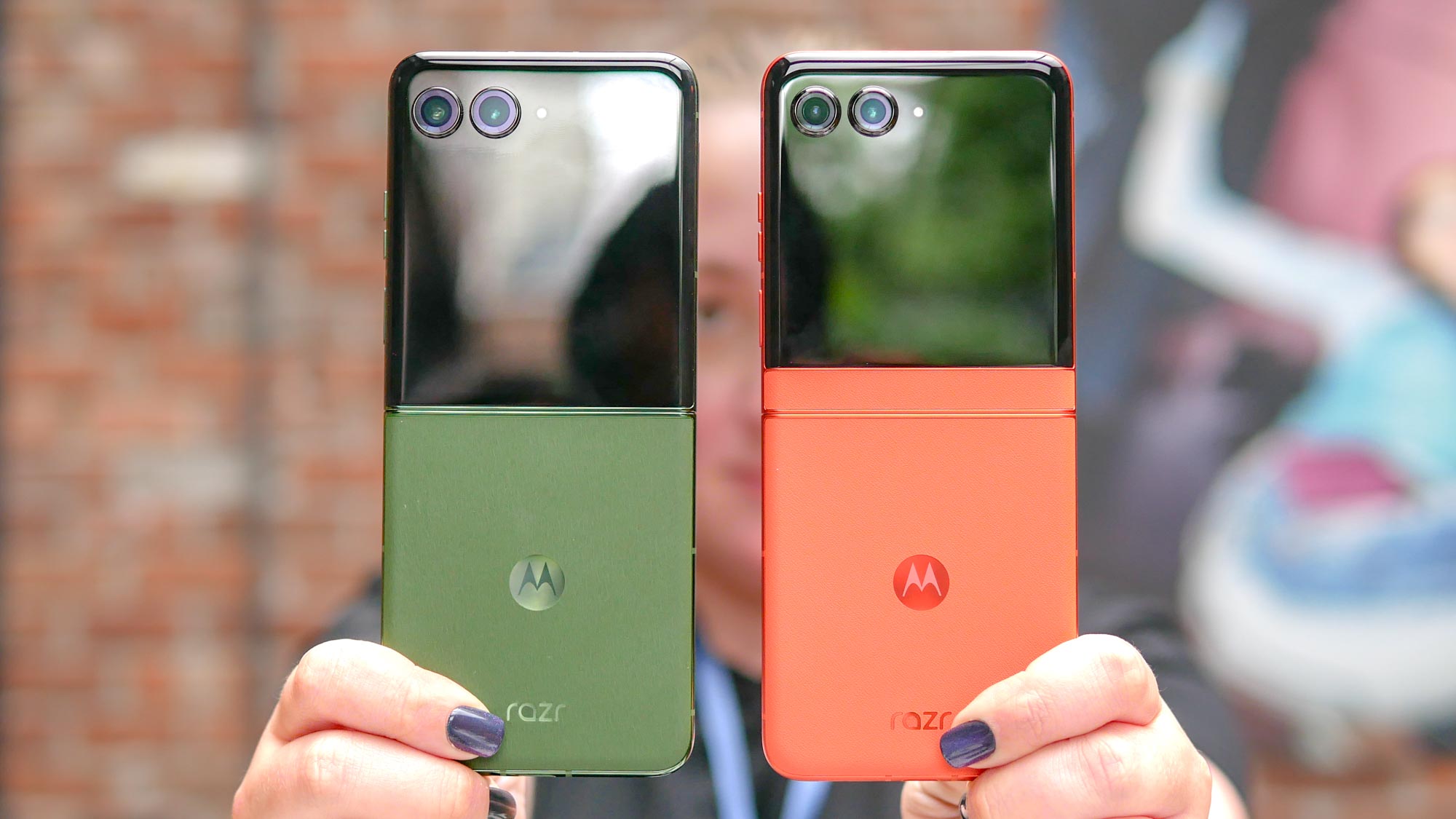
What do you feel like the target audience is this time around with both Razr phones?
Maria Jose Martin: People want to do more and more with their phones and open them less. Consumers that actually are buying the Razr are going to be more in the value segment, what we call a smart shopper. And then Razr Plus is going to be more positioned in a high-spec market where they're willing to invest more. I would say this consumer, we call them more a status shopper.
The top three reasons why consumers were buying Razr last year was the outside screen, the brand and pocket ability. After a lot of research one of the biggest asks of consumers was “we want more.” So, that's why in both devices, you are seeing bigger screens.
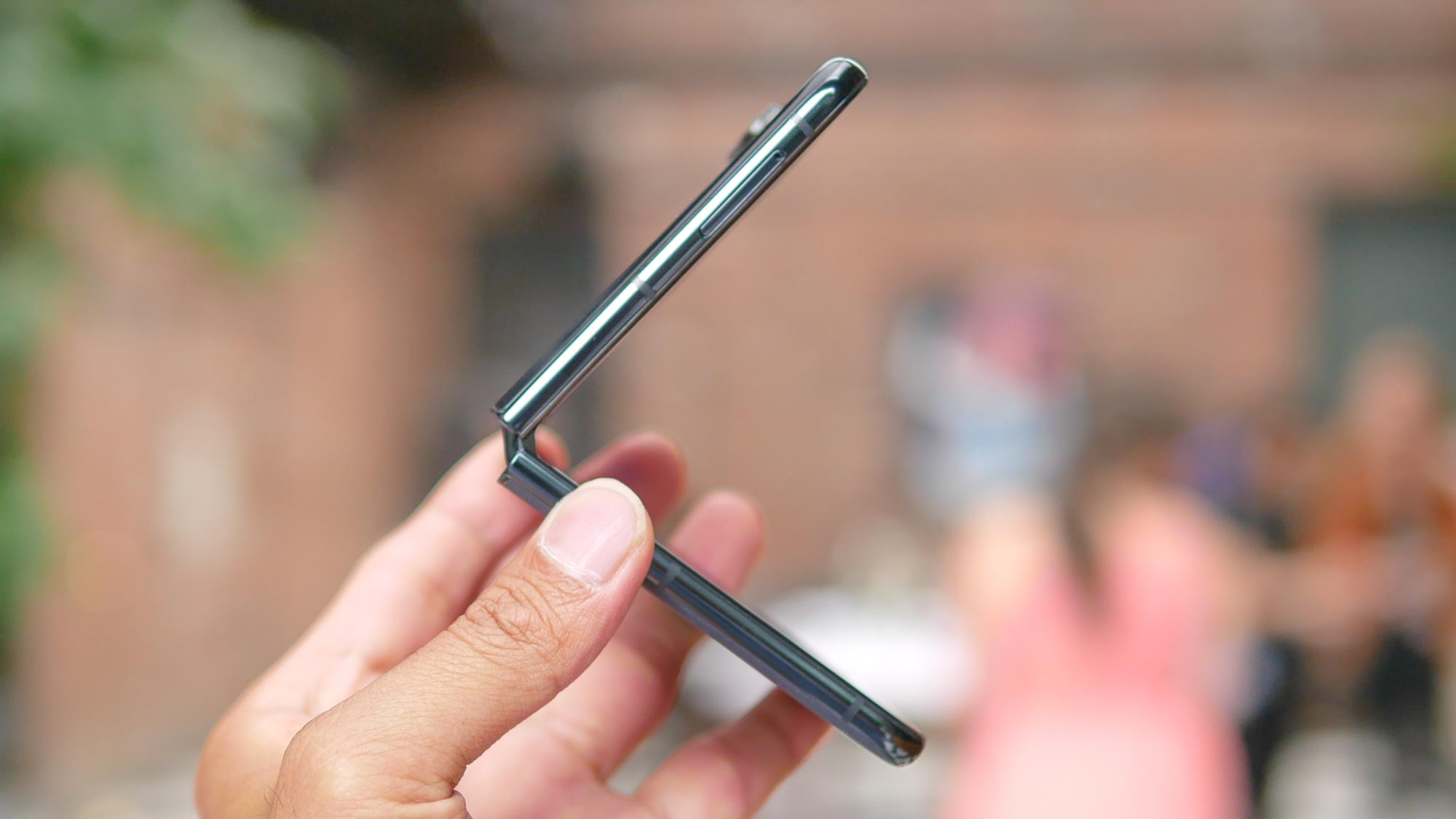
How do you get mainstream consumers excited about the foldable category and get them over the durability concern hump?
Castano: We know there’s been a an adoption concern for consumers. But I think we've removed a lot of those barriers with this new generation. First and foremost both devices are equivalent to traditional form factors in terms of the features, specs and experience point of view. There aren't any longer those features that you say, “Oh I compromise because now I want a foldable device.”
Even the battery, which in previous generations was one of those areas that we just couldn't fit a larger battery in, now we did actually increase the battery significantly but we didn't make the device bigger or thicker.
The next question is durability. This line addresses that with a completely redesigned hinge that's actually 30% smaller. It's smaller because we have less moving parts. It's more reliable because of that. There's less areas for dust to potentially get underneath the display. And then, the device is completely waterproof. It's submersible.
One thing that’s controversial with the new Razr Plus is that you removed the ultrawide camera for telephoto. Why that decision?
Jose Martin: Every decision we make is based in consumer research. We wanted to keep with two cameras and not compromise the design. We had to drive those choices. We see a lot of more usage of the phone with the front camera, a lot more portrait photos. And the telephoto camera definitely enhances that and brings better pictures. It's always hard to choose, but we're really trying to maintain the design of the device.
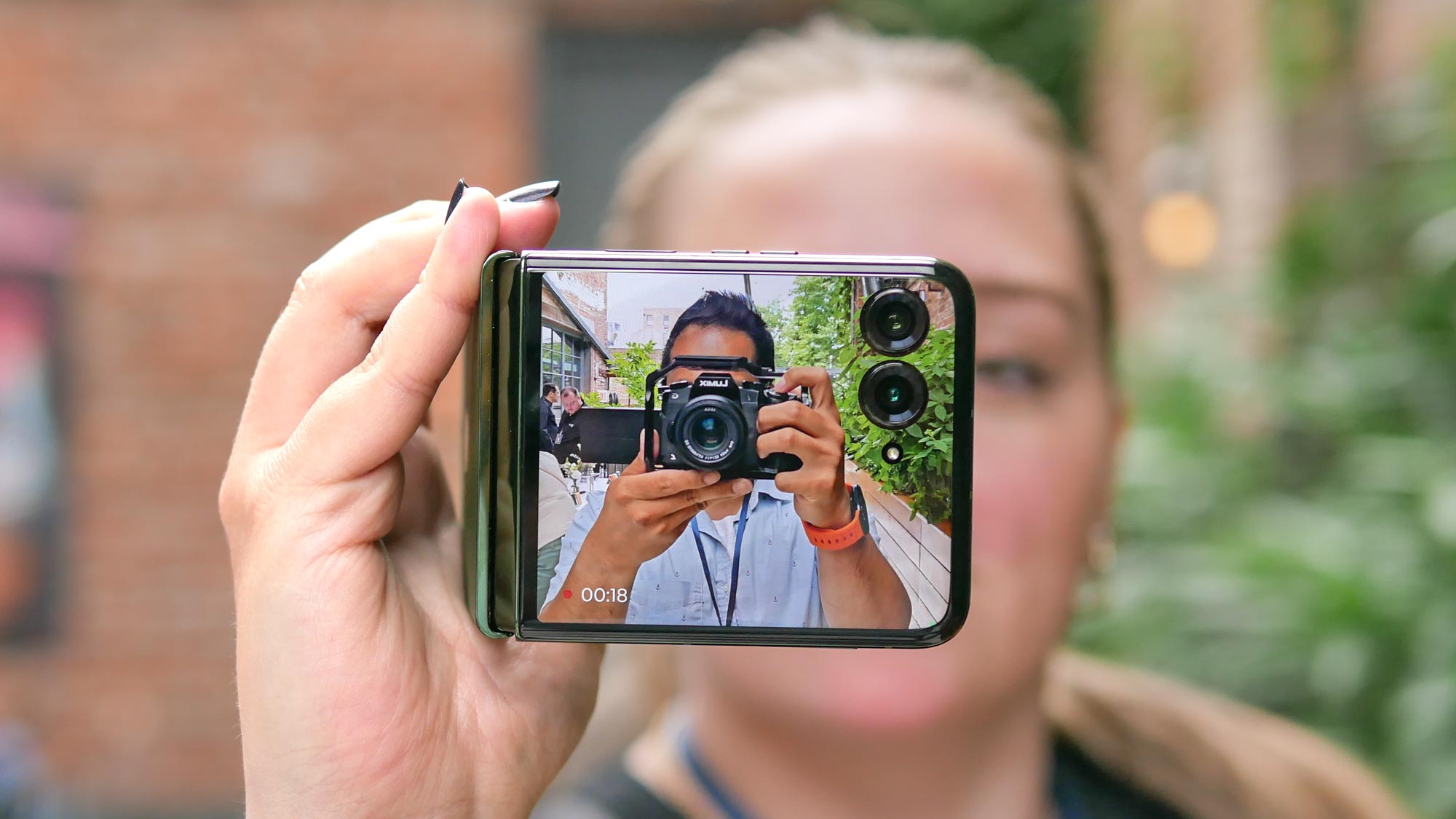
What do you feel like lives on in the DNA of these devices from the original Razr?
Castano: I will say first, emotions. Razr is the one brand that can bring so many emotions to consumers. It's just the feeling of Razr, of hanging up, of having that pocketability in the hand.
Jose Martin: The iconic positioning of Razr, of being a more fashion icon, style icon, and not sacrificing or compromising that, but still bringing in innovation.







